Puerto Montt and Puerto Varas Tourism Information
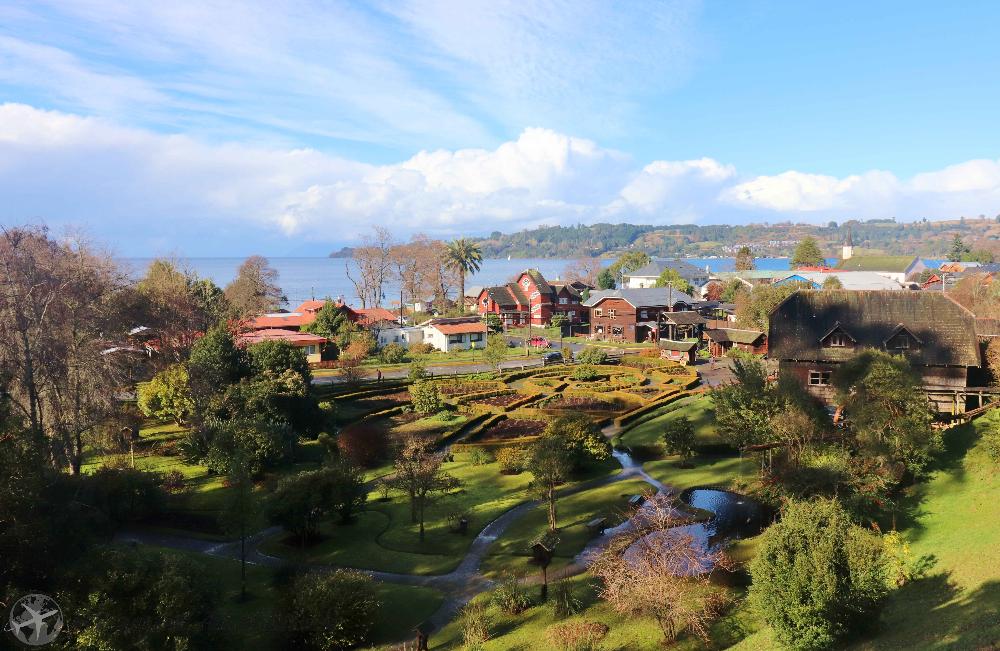
Puerto Montt and Puerto Varas are situated in the Llanquihue Province, both are port cities in southern Chile’s Lake District, known as a gateway to the Andes mountains and the Patagonian fjords.
The region is one of the most beautiful and impressive of the whole country thanks to its naturally formed lakes, snow-capped volcanic mountains and dense forests: one of pristine beauty and picture-perfect scenery. Home to the Mapuche people and more recently to waves of European immigrants in search of a better life, specially you will notice a lot of German heritage and colonial style houses. The region is also sprinkled with picturesque towns that have a distinctly European elegance. As you enter the smaller towns and walk along the quaint streets, you instantly feel an aroma of burning wood mixed with fresh air, particularly during the Winter months.
Today the area attracts tourists from across the world to marvel at the scenery, climb the volcanoes, hike trails within stunning National Parks and fish beside the tranquil lakes, stopping off at various quaint towns along the way. Towns like Puerto Varas, Frutillar Bajo or Ensenada have some of the best views towards the cone perfect Osorno Volcano.
In this guide, we will highlight the areas of Puerto Montt and Puerto Varas with other towns nearby that can be visited in day trips.
In the region, summers are comfortable and partly cloudy and winters are cold, wet, and mostly cloudy. Over the course of the year, the temperature typically varies from 4°C to 20°C and is rarely below -2°C or above 24°C. Based on tourism, the best time of year to visit the Lake District for warm-weather activities is from late December to late February, coinciding with warmer climate and sunnier days. However, it's also the peak time and tours will be more expensive with more waiting times in order to get better pictures.

The most popular way to travel to the Lake District is from Santiago, the capital, by overnight bus. It's cheap, comfortable and takes around 12 hours to reach Puerto Montt. Night busses cost around 30.000 Pesos. (€40 one way) or 20.000 pesos for a day service with semi flat seats. (€26). If you are coming by air, buying in advance with the low cost carriers like Jetsmart or Sky, can be as little as the bus fare and only takes 80 minutes flight.
When getting to the airport, there is a service transfer to Puerto Montt bus terminal for 2.500 Pesos or Puerto Varas main square for 4.000. However when returning to the airport, only Puerto Montt provides the cheaper transfer. Other destinations will require you to get to Puerto Montt or take a taxi/Uber.
Once around the Lake District, public transport relies exclusively on mini-buses. Prices range 500 the short ride up to 1900 depending where you go and the company. To most places of interest you are able to get public transport, the blue vans or minibuses are the ones you will be using mostly. You can read below on the things to do and see where to check more details on the precise transportation to selected places.
Alternatively, if you are staying a short time, it's a good idea to take tours. Some companies are cheaper than others, and also depends on the season. But its important to do some research before buying the first thing you find. Tours from Puerto Montt are more competitive and cheaper. Puerto Varas is a good point for lake towns around the Llanquihue Lake and taking tours as well to the Osorno Volcano and other activities nearby.


Puerto Montt, is the biggest city of the lake region, and it's the capital. The city’s neoclassical cathedral, built from wood in the 19th century, overlooks Plaza de Armas square.
It's the centre of the social gathering, and you will see a fountain projecting a show of colour and sound in the evening on selected days. Nearby you will find plenty of restaurants, shops, shopping centres and streets full of local commerce. For handicrafts and quaint little market wooden houses head for the Meli Puli Handcraft Market (just opposite the Bus Station).
But if you are looking for something truly more local, head to the Angelmo Market. The seafood and fish market is located on the Angelmó harbor. Fish types like Cholgas, scallops, machas, locos and picororos, as well as the famous pink salmon, can be found there, all freshly caught which can be eaten in the nearby restaurants and stands. If you are lucky you can get to see some Sea Lions in low tide! Also the market reaches further out the harbour, walk along the Angelmó street to find more restaurants, handcrafts, arts, souvenirs or clothes where you can bargain with the locals to get a better price!
When walking along the Puerto Montt waterfront, visitors come across piers, the Yacht Club, the local harbour, cruise liners, and, in front, Tenglo Island, famous for its vantage point and its curanto. (a traditional food of Chiloé Archipelago). Puerto Montt is one of the most popular and characteristic towns in Chile. Apart from the busy port atmosphere, it is also a very beautiful setting for nature lovers, hikers and sport lovers.
✔️Tip: You can take tours from Puerto Montt, to all popular places around the Llanquihue Lake, Osorno Volcano and the Chiloe Island. Many agencies are located within the main bus station where you can find better deals than in neighbor Puerto Varas.
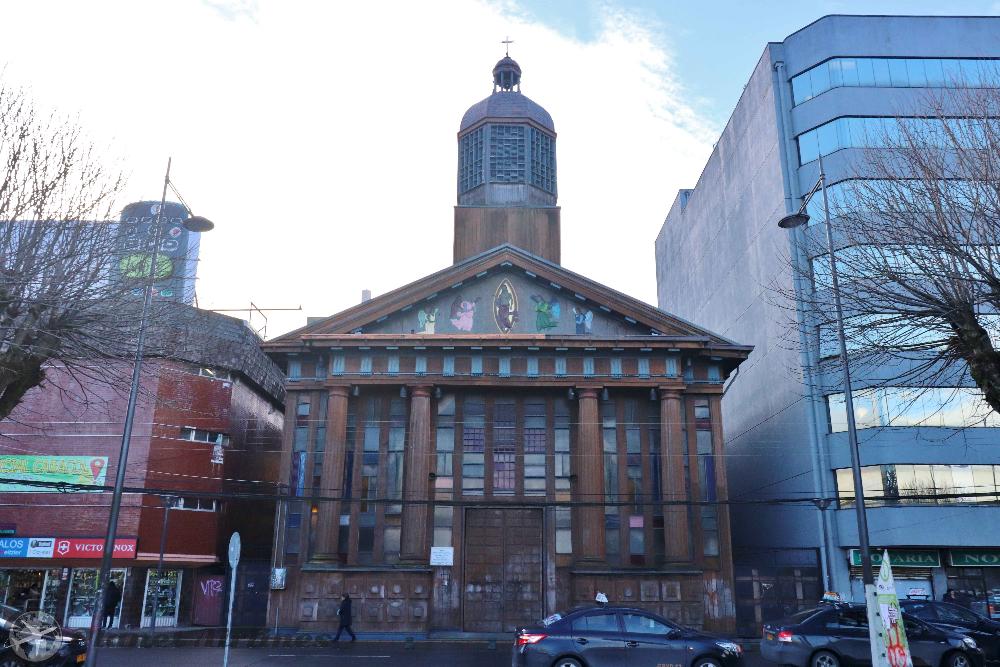
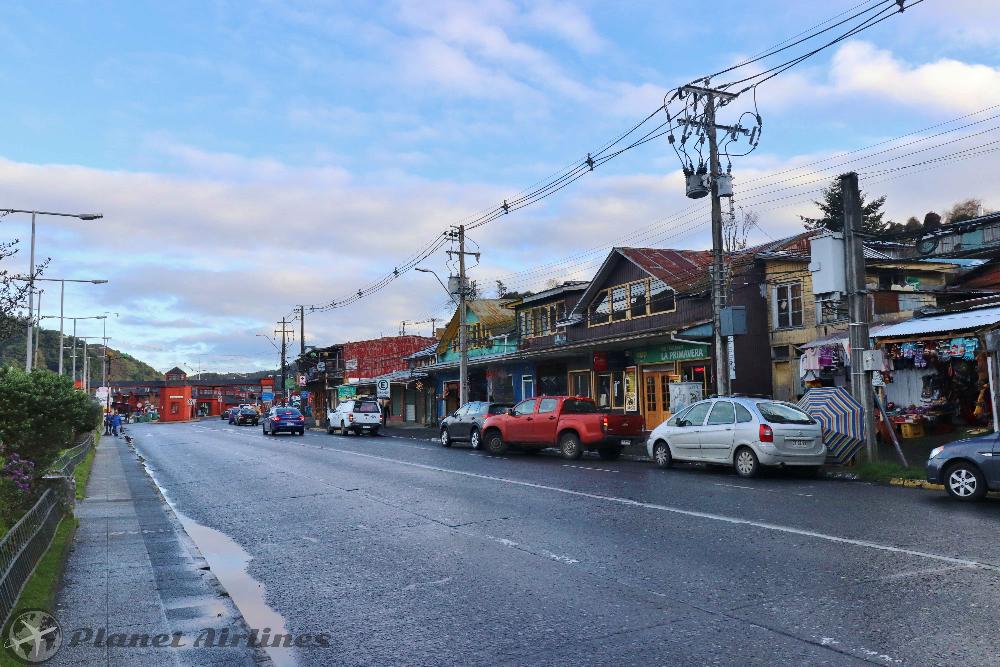

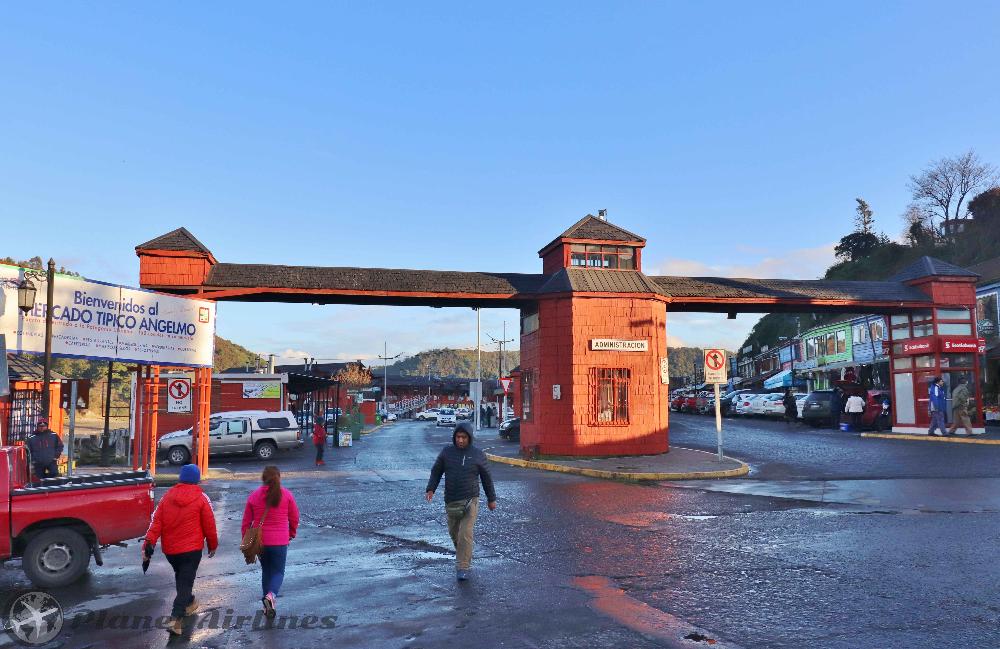

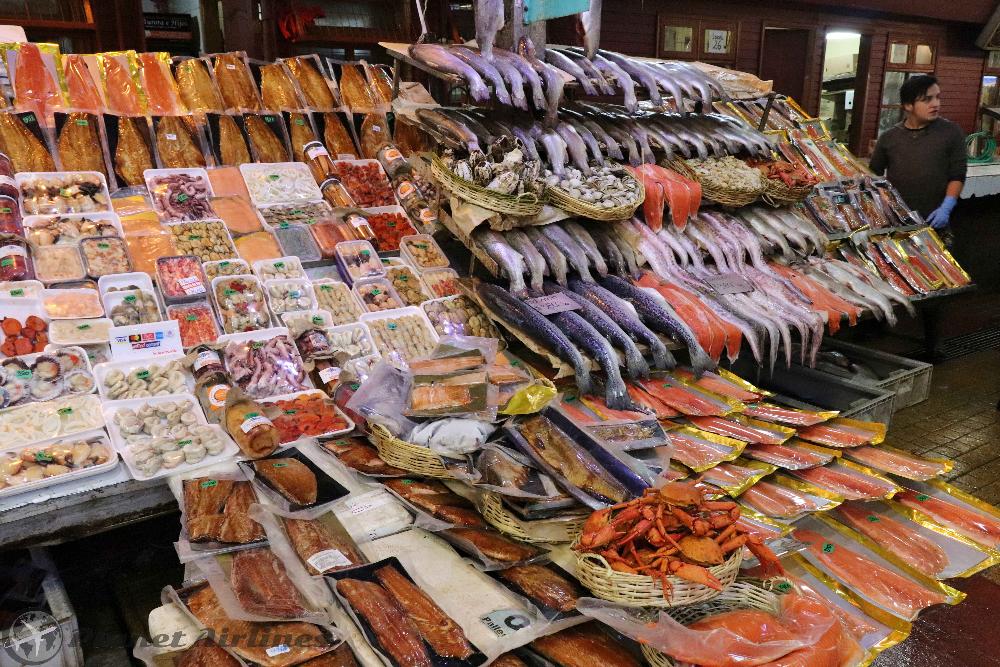
Puerto Varas sits on the southwest banks of the Lake Llanquihue, which offers commanding views of snow-capped Osorno Volcano and Calbuco Volcano, both still active. The lake itself is the second biggest in Chile and has a depth of about 317 meters. The town has an instant traditional German-style architecture, which is present in the houses, government buildings and decorations in shops and even schools. It characterises the town, reflecting its colonial past. The town was founded in 1853.
Much smaller than Puerto Montt, Puerto Varas is a more traditional town, with upscale shops and bigger houses. Some of the wealthier citizens of the area reside here. Some of the highlights of the town is the church, Built in the early 20th century, highlighting the red-and-white Sacred Heart of Jesus Church which has 3 striking towers, symbol of the town. Cerro Philippi, is a hill where you can walk or cycle to admire the views on clear days of the Osorno Volcano. Pablo Fierro Museum can be also of interest, it's located right opposite Lake Llanquihue. It shelters countless elements highly appreciated for their historical and rather artistic meaning. What is special about this house museum is that everything may be looked at but also touched. (During off peak season it may be closed). Last but not least take a stroll along the waterfront paths and find the tourism information office, several boat ride attractions (only high season period), restaurants and the Puntilla, a statue of a woman made out of different cuts of metal.
Getting to Puerto Varas is very easy from Puerto Montt, only 900 Pesos, taking the blue vans and it takes under 30 minutes. Alternatively from the Puerto Montt airport, you can get a transfer for 4000 Pesos at Andres Tour. (not possible to take towards the airport).


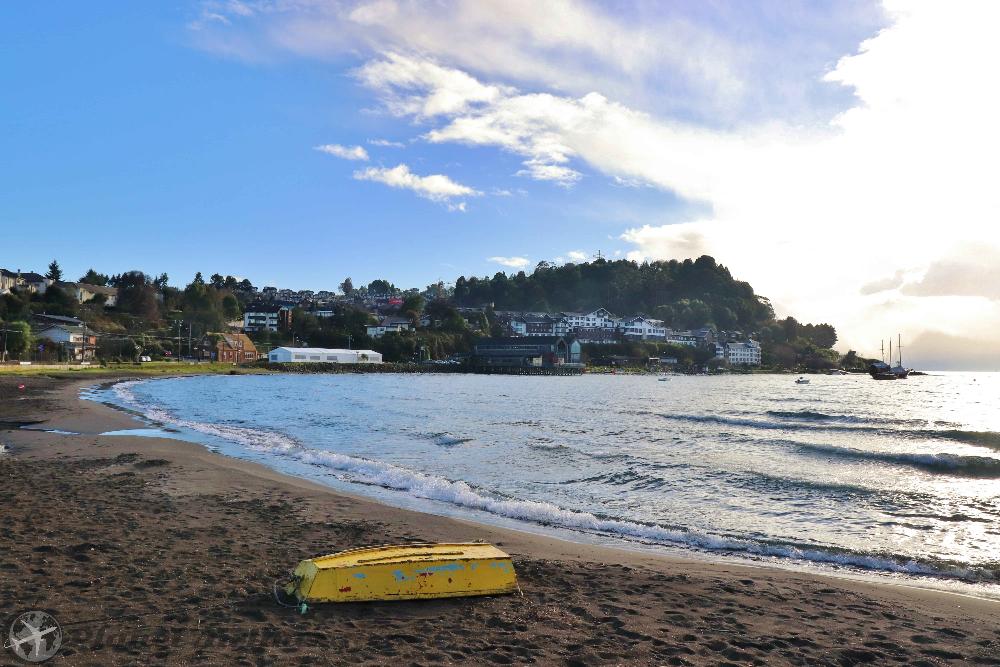

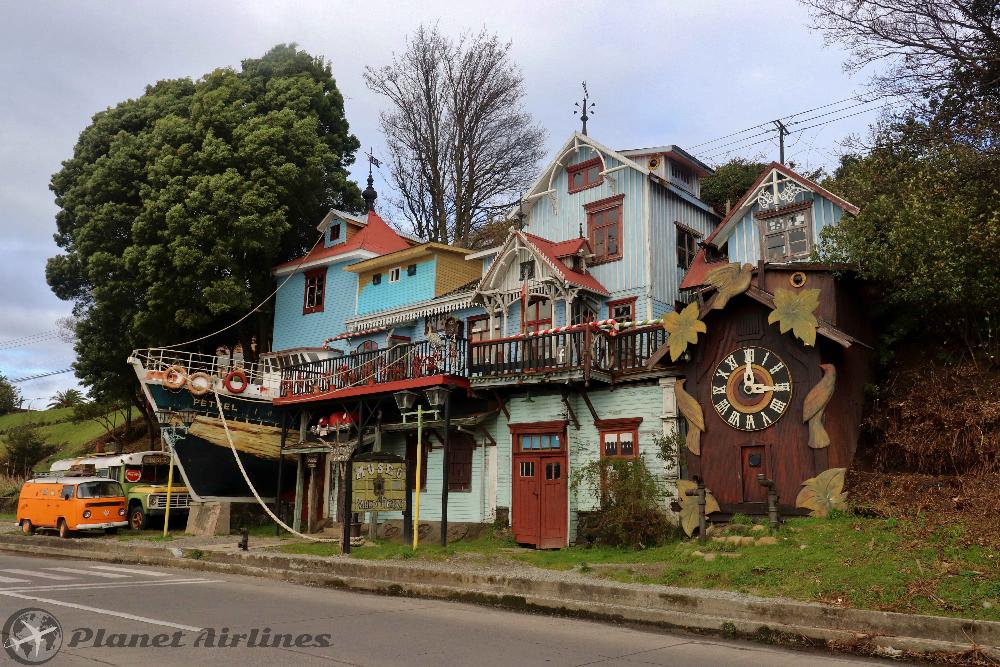
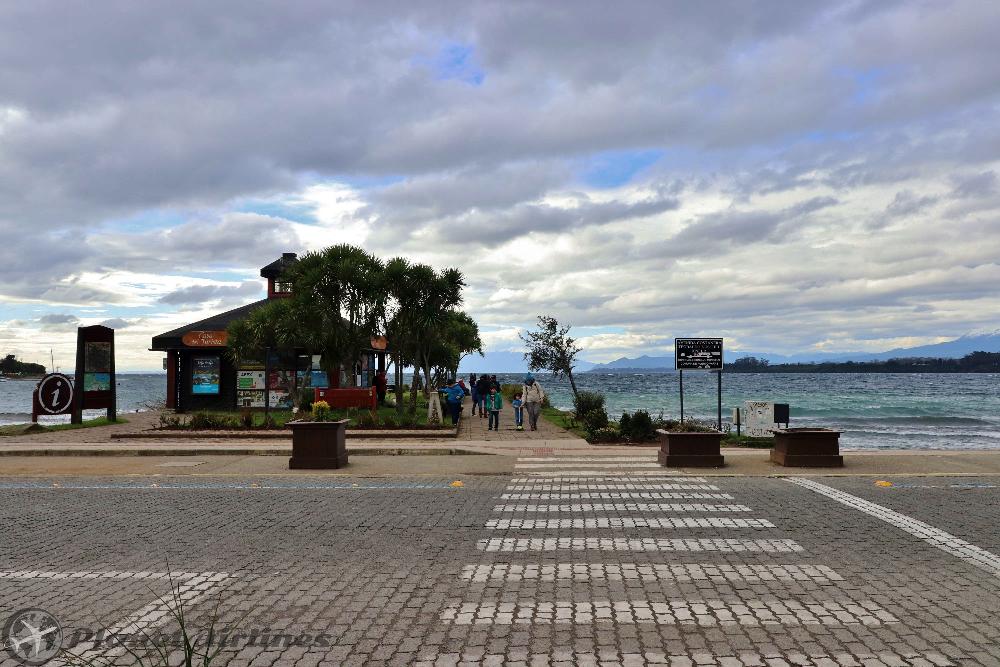
Since Puerto Varas is the perfect town to stay in order to take tours and local transport to the main sites, it's no surprise that you will see many busses or tours offering trips to the towns of Llanquihue and Frutillar Bajo. Since the distance is not far, ease of transport and the beauty of the towns is very attractive, it's definitely worth to visit them for a day trip. Taking an organised tour can cost around 25.000 Pesos upwards. But taking local transport you will spend less than 5.000 Pesos and have the advantage to have more time at each place if desired.
The self tour would be as follows:
- Bus from Puerto Varas to Llanquihue: The bus only costs 600 (taking from Av. Gramado in central Puerto Varas). Llanquihue, is famous for its sausages and as the place of origin of the River Maullín, the old route of the settlers. In the town you can visit the Memorial to the German Colonists. Great views can be seen of the Osorno Volcano plus a nice walk along the lake shore.
- Bus from Llanquihue to Frutillar Bajo: The bus costs 1000 Pesos and takes around 30 minutes. Note that you need to get off at Frutillar Bajo, not the town of Frutillar. When you arrive you will notice it's a fantastic place to visit with a natural and cultural landscape. It has a great German legacy, from its architecture to the musical festivals. There is pier to walk along, to take pictures of the Osorno Volcano and see the Lake Theatre building, which gives music concerts throughout the year. The main attraction of Frutillar Bajo is the German Colony Museum, opened in 1981. It's wooden houses and gardens give an insight of how the first settlers to the area in the 19th century would live. Admission to the museum is 4000 and it takes around 45 min to explore it.
- Bus from Frutillar Bajo to Puerto Octay: Busses depart every 2.5 hours from Frutillar Bajo for 1200 Pesos, so you need to take note of the times of departure. ( 7.15, 9.45,12.15,14.45,17.15 and 19.15). They leave from Avenida Philippi, where you can stop the busses at any part of the road, since there are no designated bus stops. (best point is opposite of the Tourism Information centre). Puerto Octay, is located on the north shore of the lake. The German influence is evident in the Casonas Germanas (large German houses) and their agricultural fields, as much of the area around the lake was settled by German immigrants, before WWI. Take time to walk around its ancient streets and plaza, and take beautiful photos from different viewpoints around the town and the residential areas. The best views are from the Cementerio Catolico 📍, a cemetery located on the highest point of the town, walking about 20 min to get there.
- Return Bus from Puerto Octay back to Puerto Varas: Again the timetables of the busses are very limited, so plan your departure time. They leave from the main bus station in Puerto Octay at 8.00,10.30,13.30,16.00,18.00 and 20.00 (the last one only goes as far as Frutillar). It takes over 1 hour trip to Puerto Varas for 1700 Pesos.
Llanquihue Photo Gallery ▼
Frutillar Bajo Photo Gallery ▼
Puerto Octay Photo Gallery ▼
Osorno Volcano, Green Lagoon, Saltos del Petrohué and All Saints Lake: These natural beauties are often combined in tours which can be organised from either Puerto Montt or Puerto Varas (or other towns around the lake).
✔️Tip: There are many tours available from Puerto Varas, which cover all the above locations. The tour is called Volcano Osorno and the Saltos del Petrohué, where you can get to see up close the Volcano, visit the green lagoon and watch the rapids of the Petrohue natural reserve park. Additionally the tour takes you on a boat ride at Lago Todos los Santos (all Saints Lake) for a different view for the Osorno Volcano.
Tours cost from 20.000 Pesos per person (excluding lunch). To book, and know about other tours visit Aventour Puerto Varas.
Below is more information on each of the natural wonders:
- Osorno Volcano: Is a 2,652-metre tall conical volcano. On a clear day, you can admire its perfect shape by many of the towns around the lake. You can also get up close to it by tour or driving. Getting up to the point of "Centro de Ski y Montaña📍." you are able to go up the cable-chairs for 4000 Pesos, ski in the Winter season or walk along the mountain. Be advised that in Winter cable-chairs might be closed and weather conditions can be very cold and windy.
Volcano Osorno Photo Gallery ▼
- Green Lagoon: Is a small lagoon off Lake Llanquihue, a beautiful place for a short walk and taking photos. The green colour is giving by the water plants which lay inside the small lake and they emit clorofila, giving it its distinctive colour. This vantage point also gives a good perspective of the size of the lake. You can access the lagoon by tour or taking the blue minibuses to Ensenada.
Green Lagoon Photo Gallery ▼
- Saltos del Petrohué: The Petrohue waterfalls and rapids are located within the National Park of Vicente Pérez Rosales📍. The falls form part of the Petrohue River, which is the drainage of the Lake Todos los Santos. The Falls are approximately 50 km away. from the town of Puerto Varas. To get there, you can go by tour or the blue minibus. Take it from the corner of San Bernardo St. with Walker Martinez in Puerto Varas. The entry to the park costs 4000 Pesos. There are 3 paths which to follow, one of 15 minutes (Blue trail) where you see the falls. The others are 30 minutes walk (pink trail) to see the river going down and some other waterfalls and the longest trail of 45 minutes (green trail), in which you walk along pristine forest.
Saltos del Petrohué Photo Gallery ▼
- Lago de todos los Santos: or All Saints Lake, is located 76 km east of Puerto Varas. It has a maximum depth of 337 m. The Lake's National Park status has ensured protection to its environment. The beauty of the lake is that you are able to take a boat and view the other side of the Osorno Volcano, giving a different perspective and view. The boat costs 5000 Pesos for a 30 min round the lake ride. To get there you can go by minibus or tour from Puerto Varas.
Lago de todos los Santos Photo Gallery ▼
Travelling to this beautiful region of Chile is very popular amongst tourists and locals alike. Luckily there are many options of Hotels, Hostels,Cabañas (local private houses offering hostel style accommodation but in wooden walled houses) and even private accomodation via Airbnb, to suite all budgets. Be advised that during the higher season, (December to February) prices are higher as the weather is warmer. With high demand, it's best if you book in advance. On the lower season, prices are more stable, and you can find hotel rooms for around €40-50 per night.
Staying in Puerto Varas is more recommend, as per location and ease of transportation to travel around the sites of interest around the lake and the volcanos.
Puerto Montt is cheaper, and only better to stay here if you are taking tours down south and to Isla Chiloe.

The beauty of the area can only want one to stay longer to continue admiring and taking pictures of the incredible scenery! Coming down south to Chile one should consider the amount of nature and places to see, small but quaint lovely towns next to lakes or fishing ports, not mentioning the amount of outdoor sports, activities for tourists and tours that can be countless!
Coming on a first time basis, it's probably impossible to see it all. However, staying one week, combining the towns of Puerto Varas and Puerto Montt to see the most places around the Lake District will give you a good insight to the natural beauty and many opportunities to see the Volcano clear of clouds which will give you the perfect accomplished picture many visitors expect to take back with them!
For shorter stays, make Puerto Varas your point of stay, and take tours. 3 nights can be enough to see the most important highlights, but not sufficient to discover more leisurely.
Lake District Photo Slide 📷

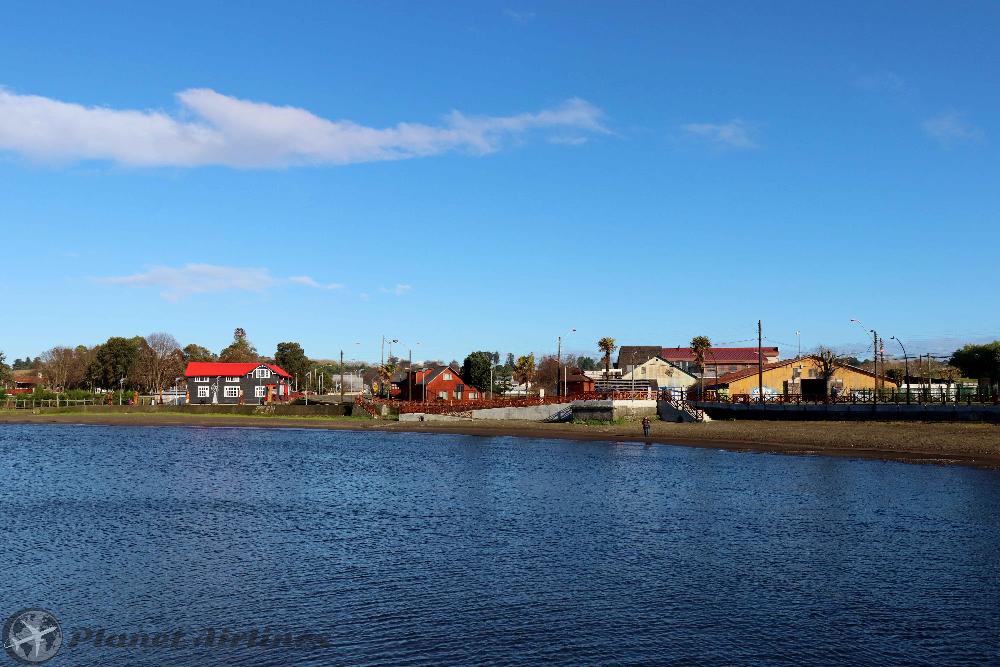
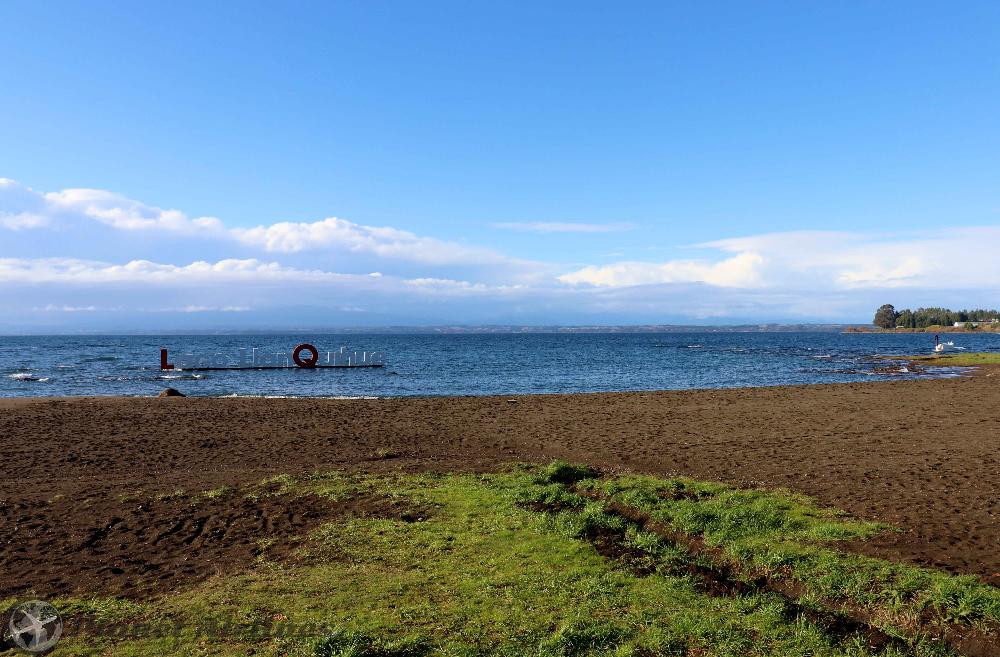
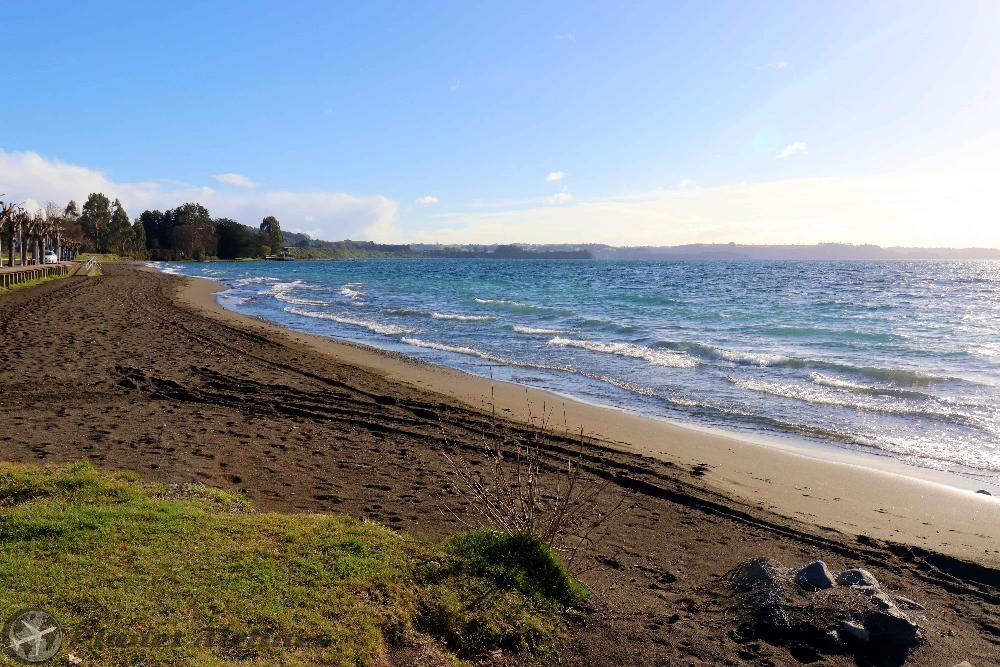

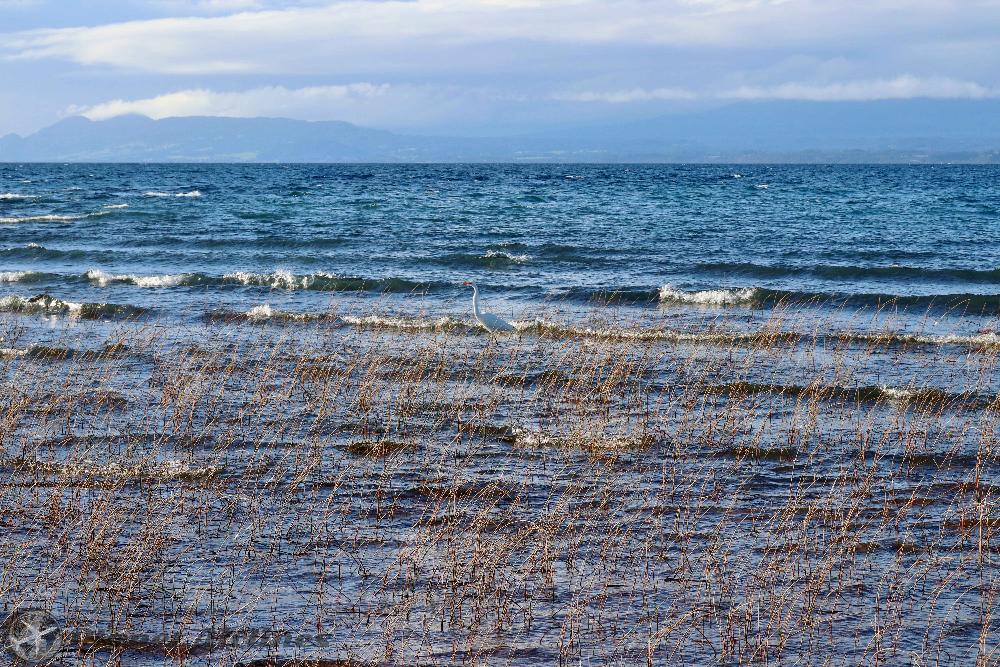
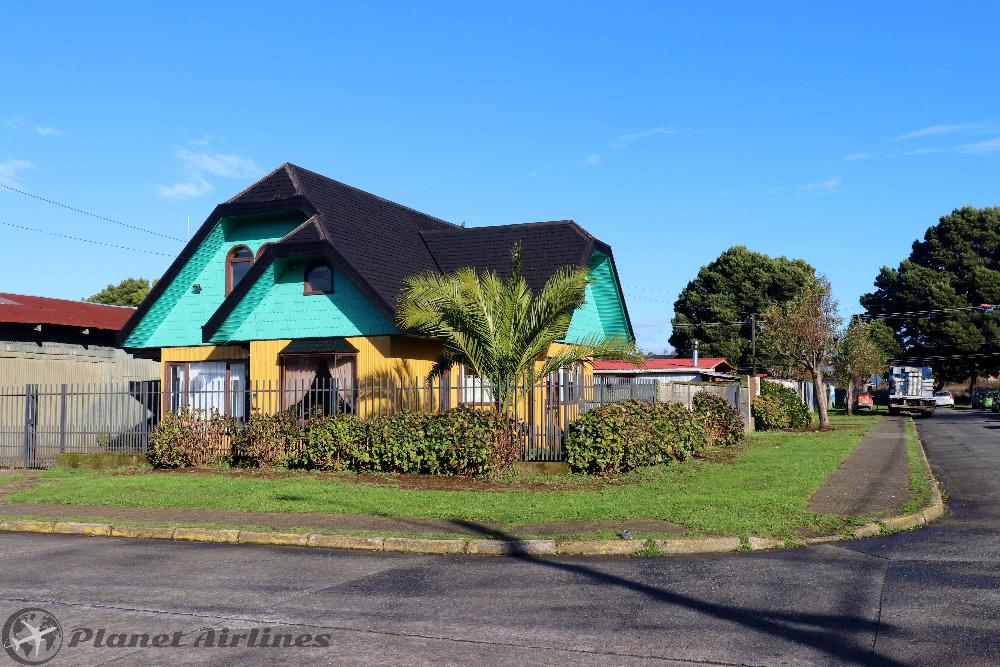
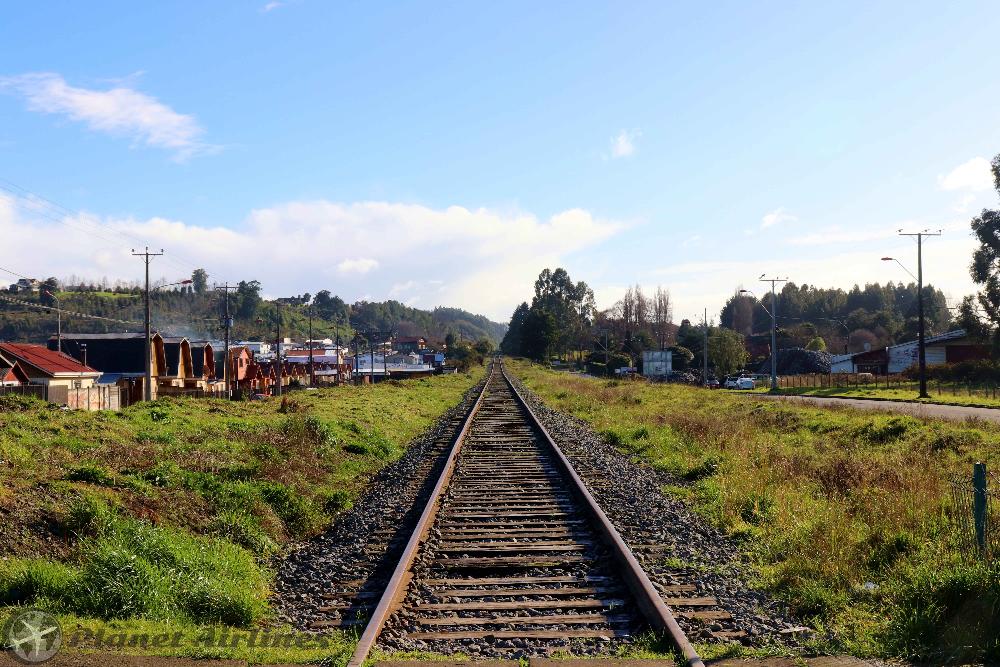
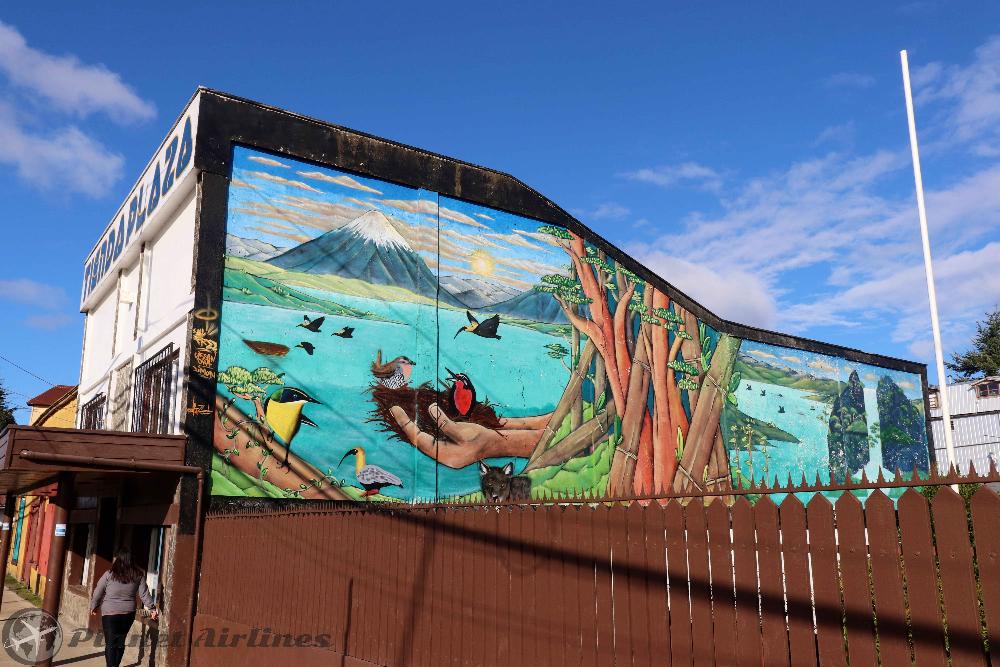
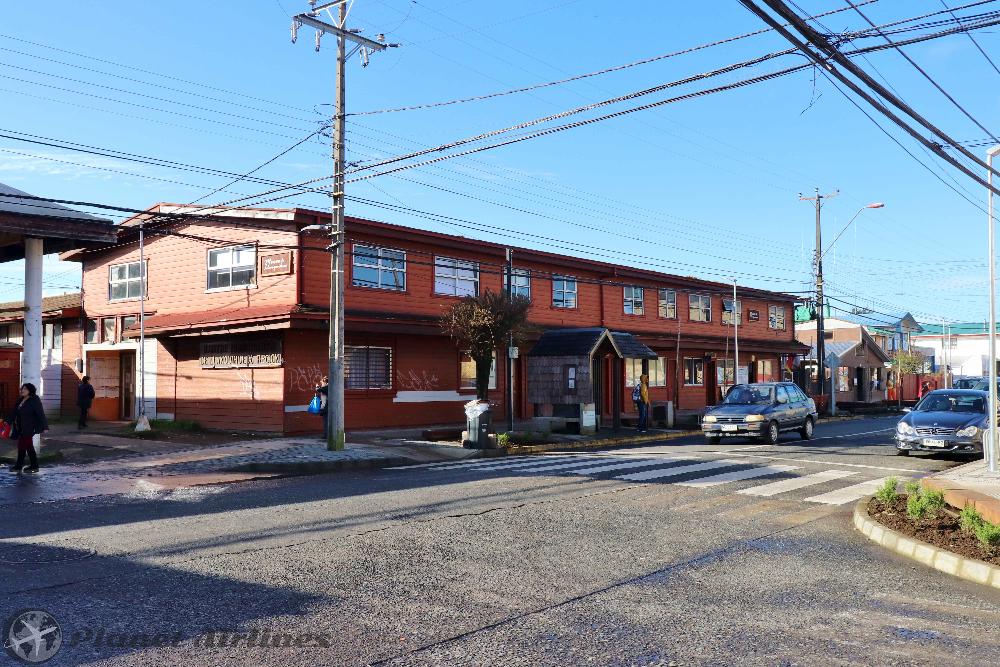
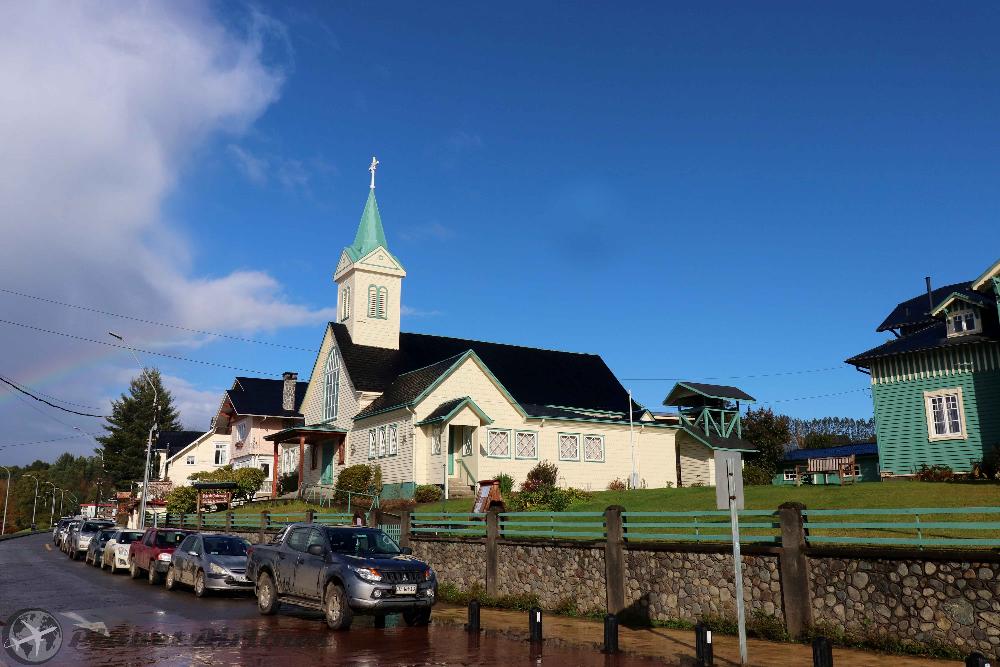
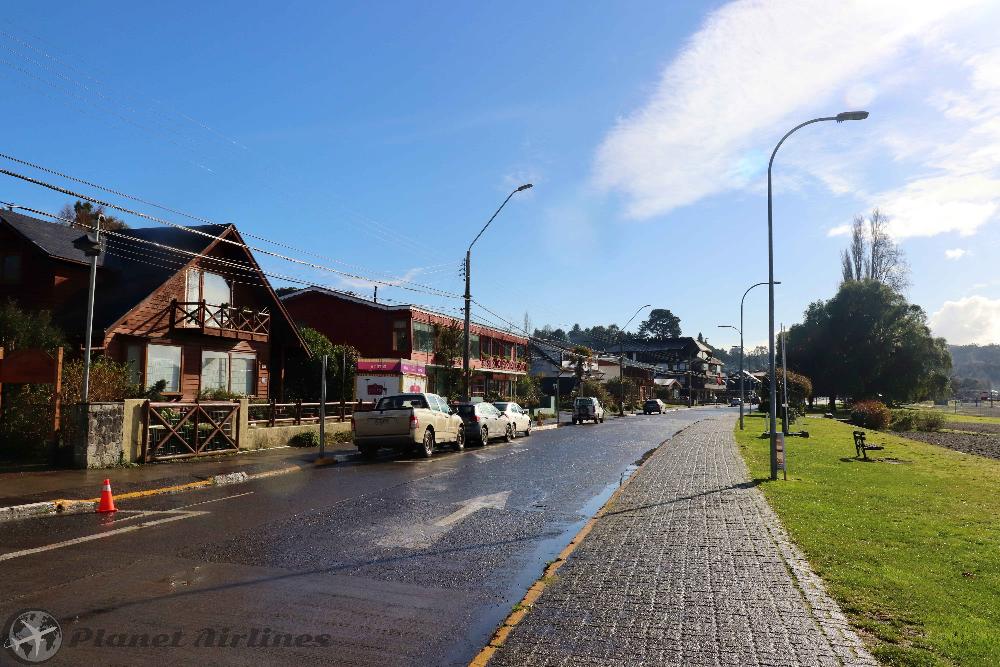
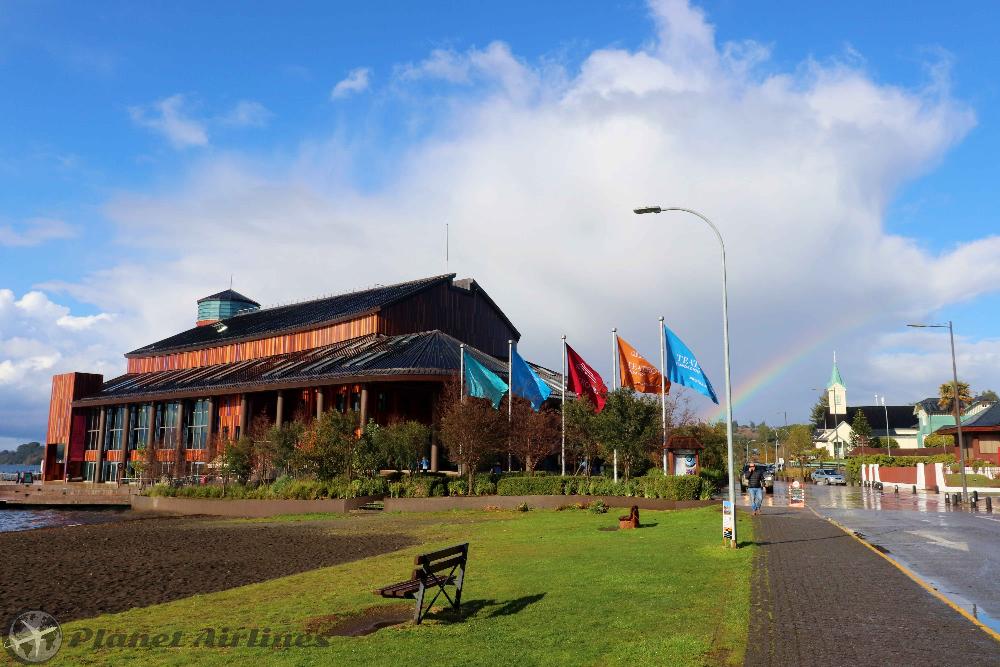
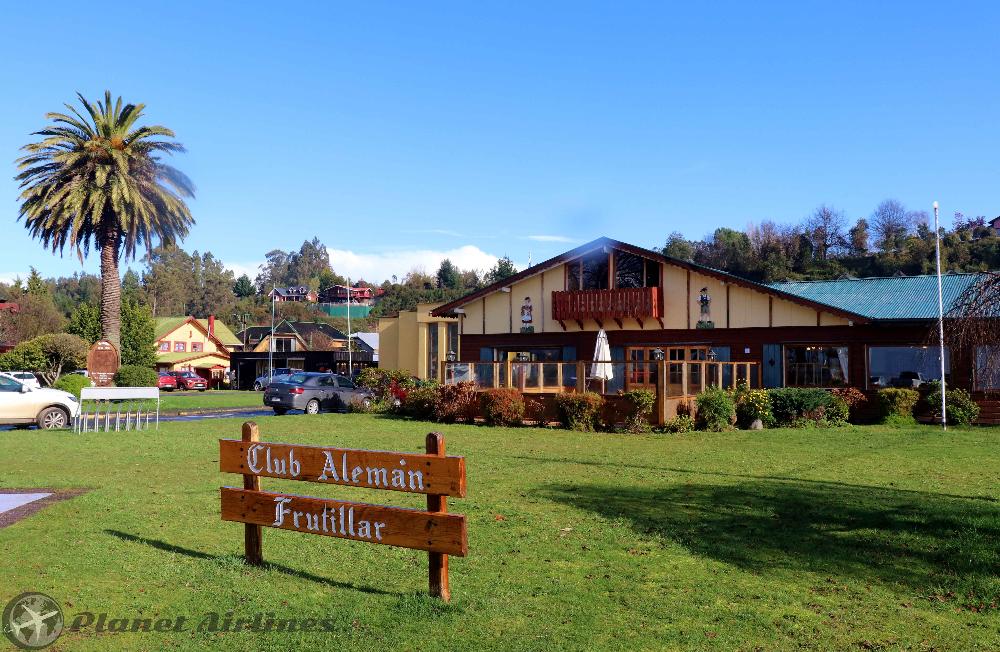
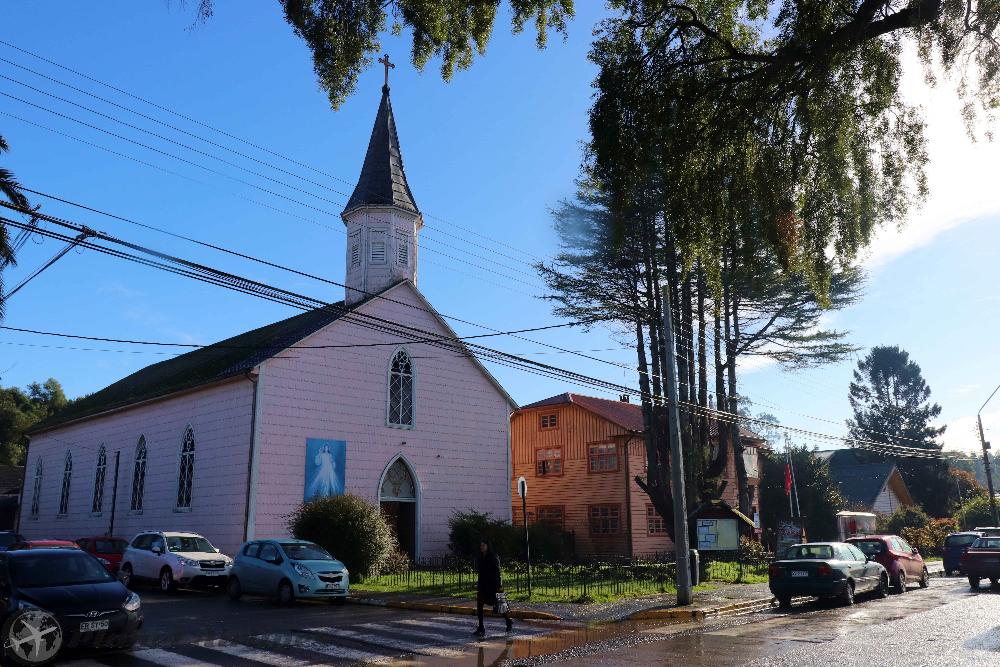
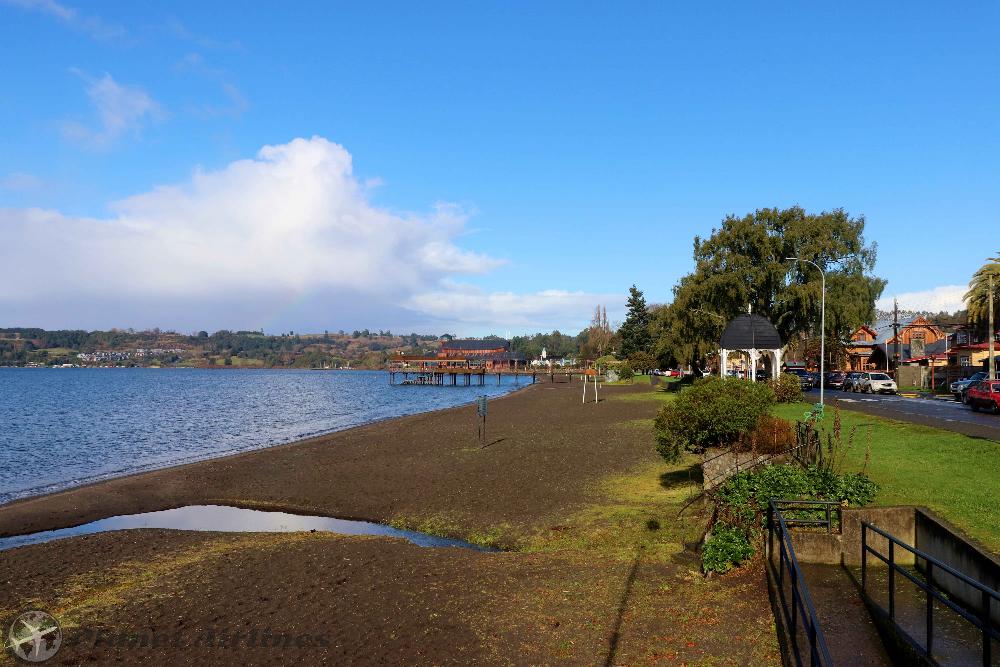
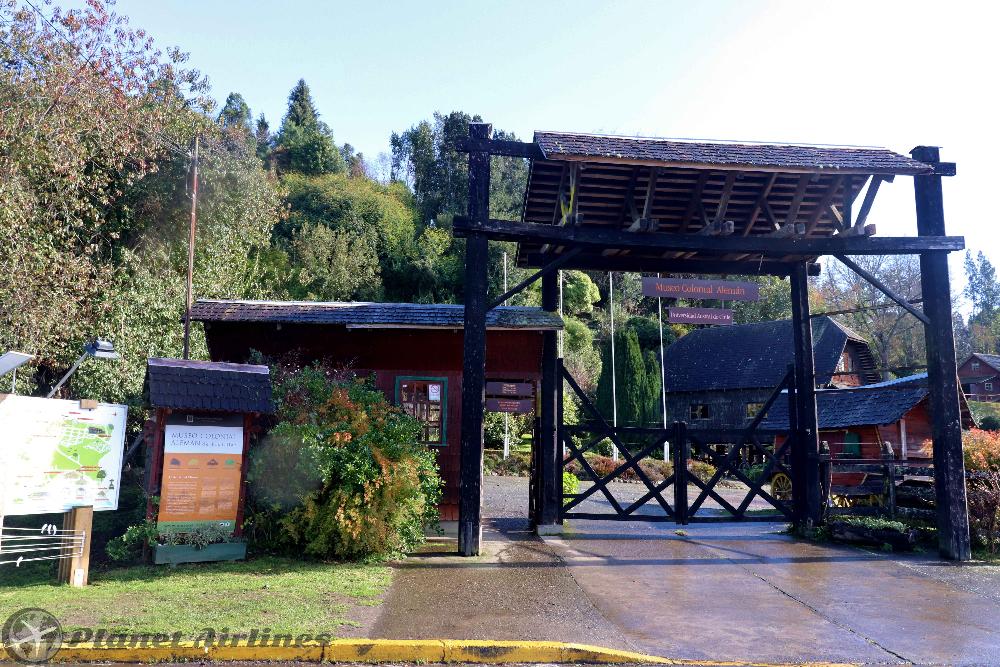

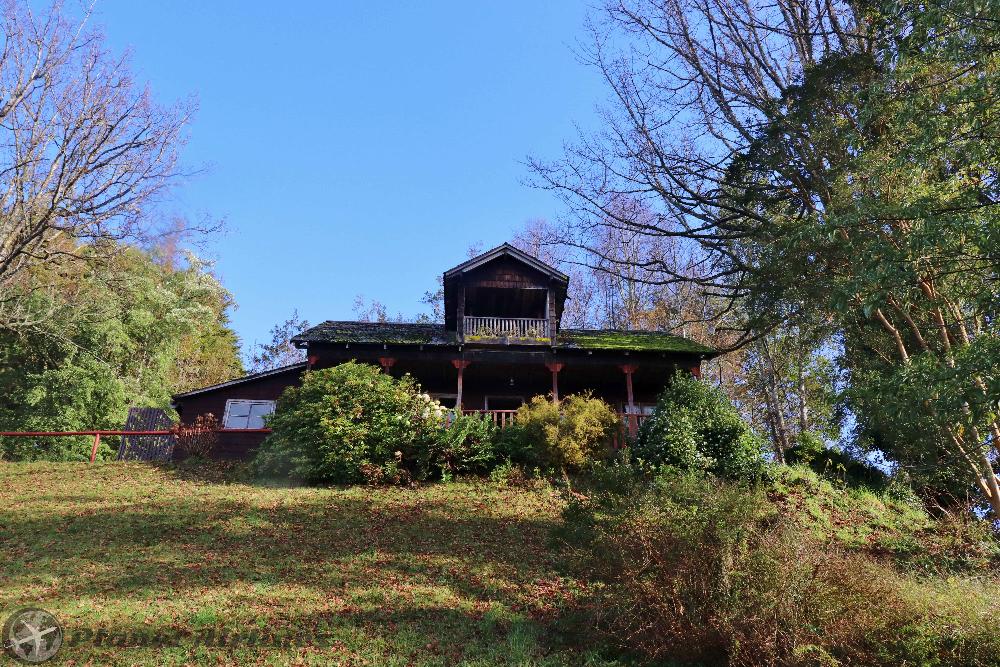

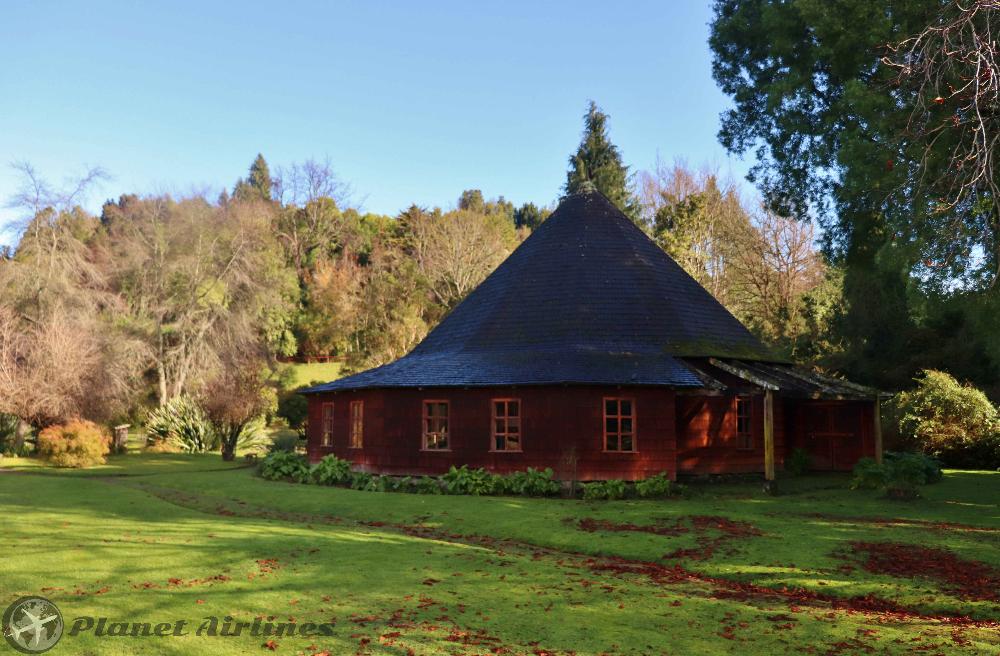

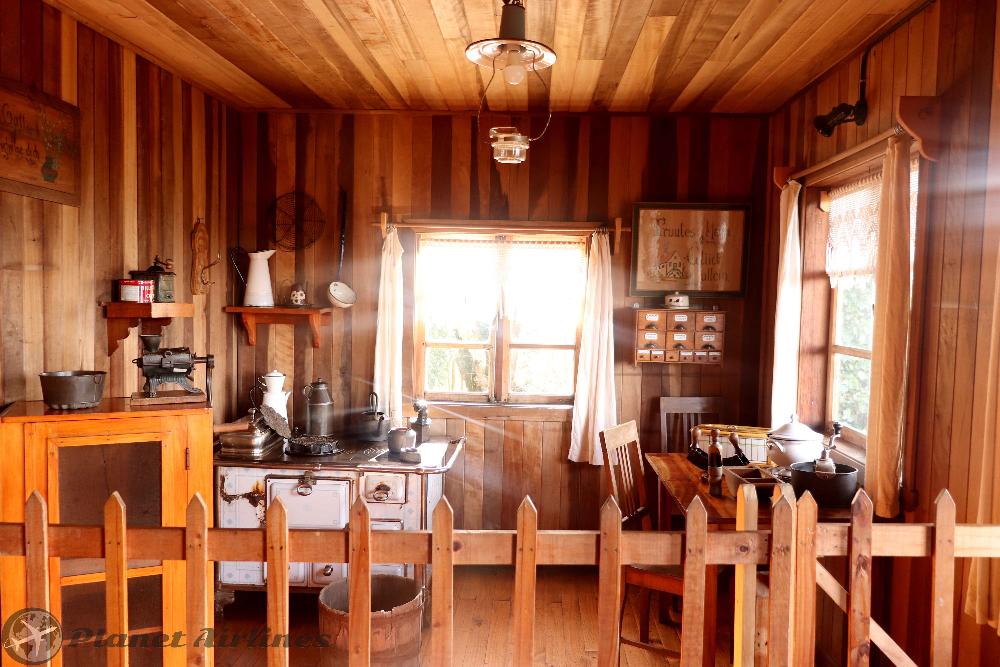


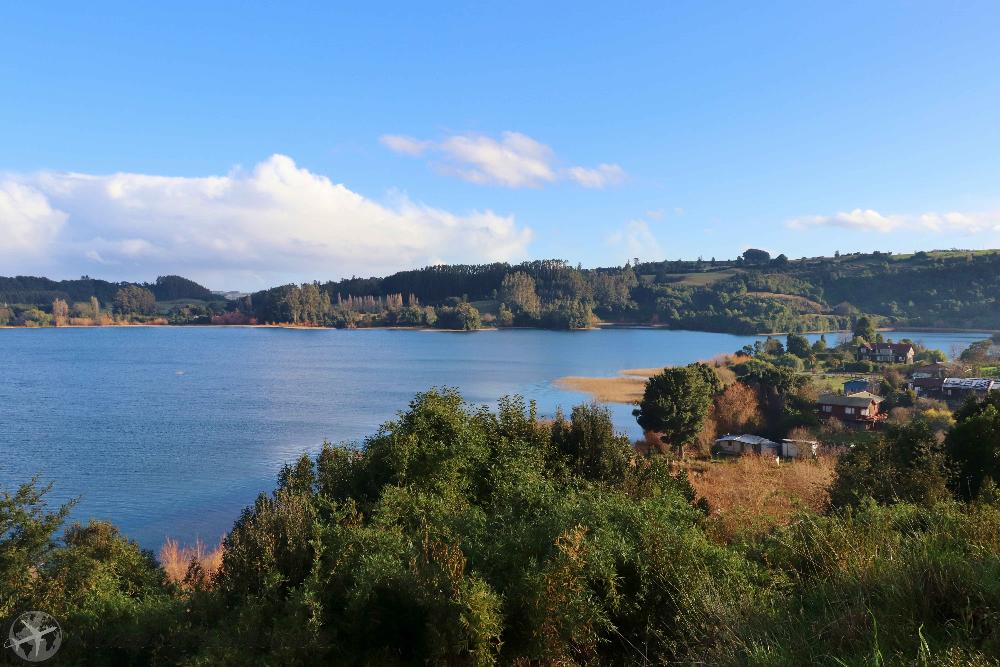

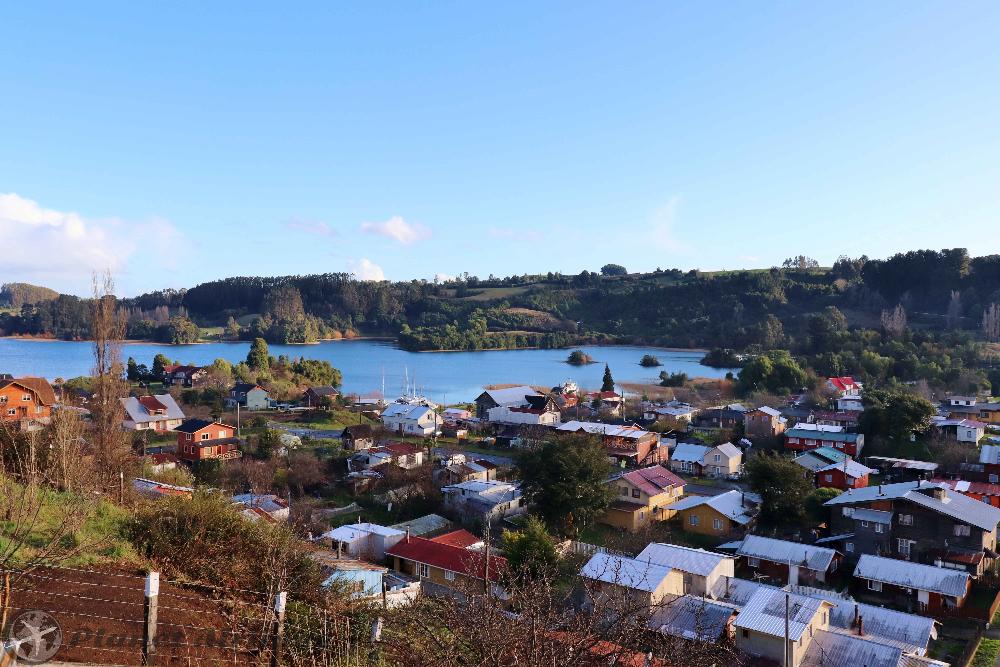
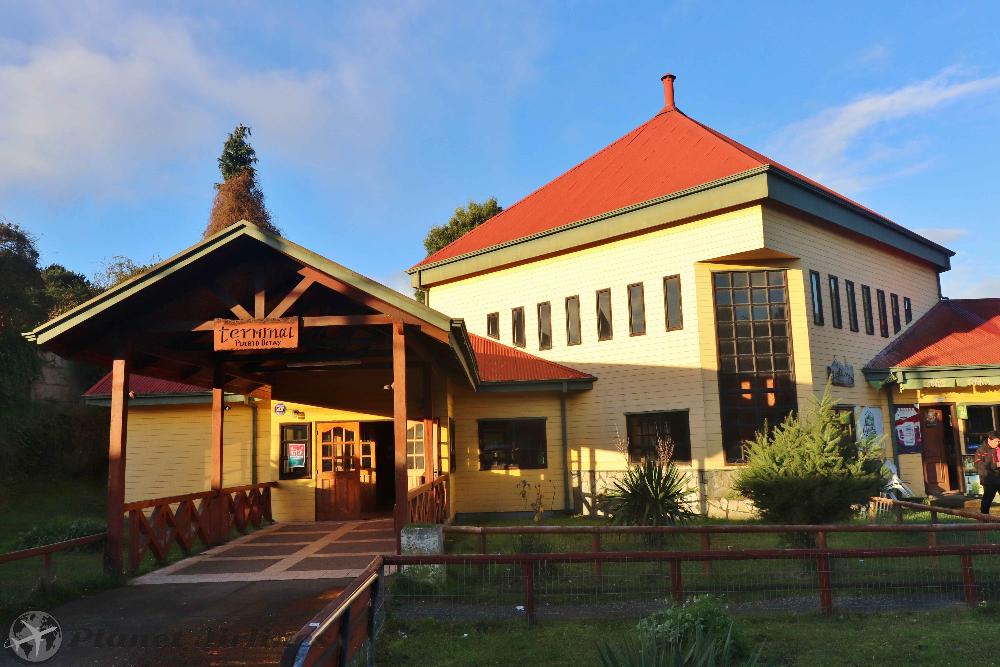


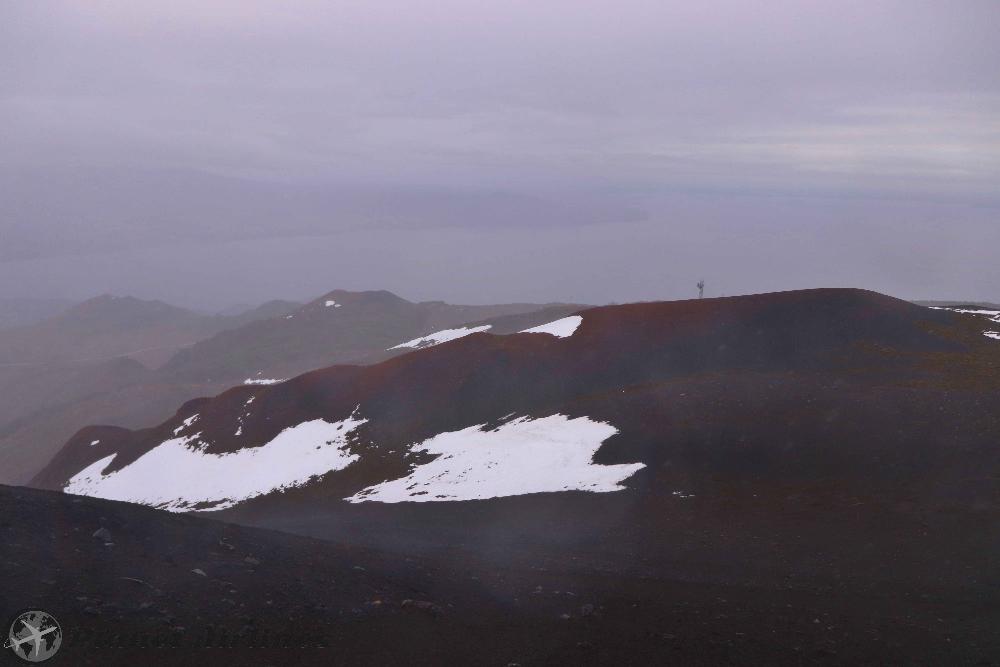




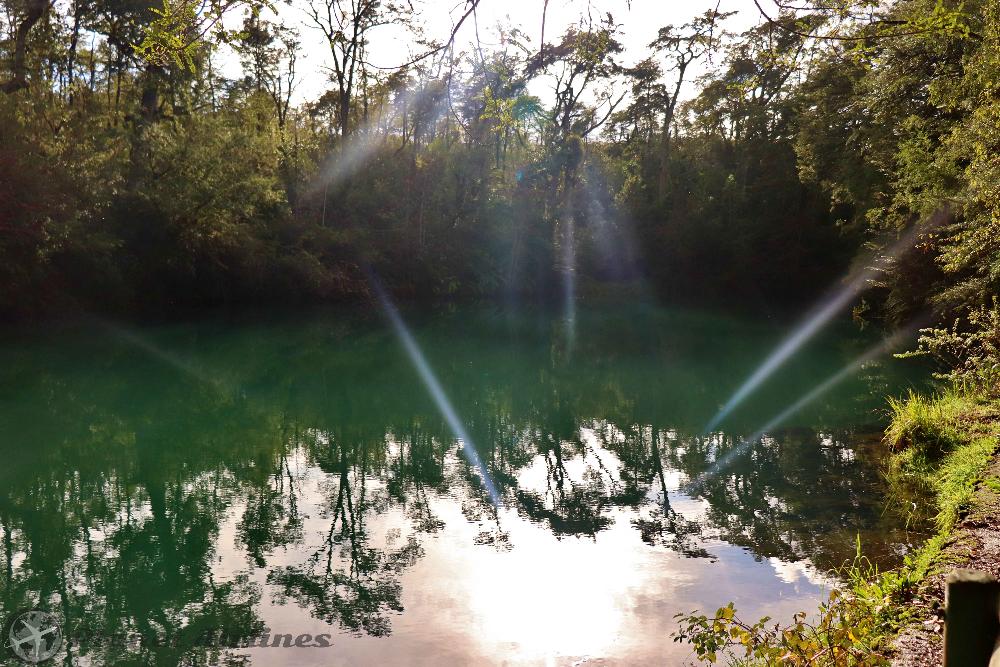



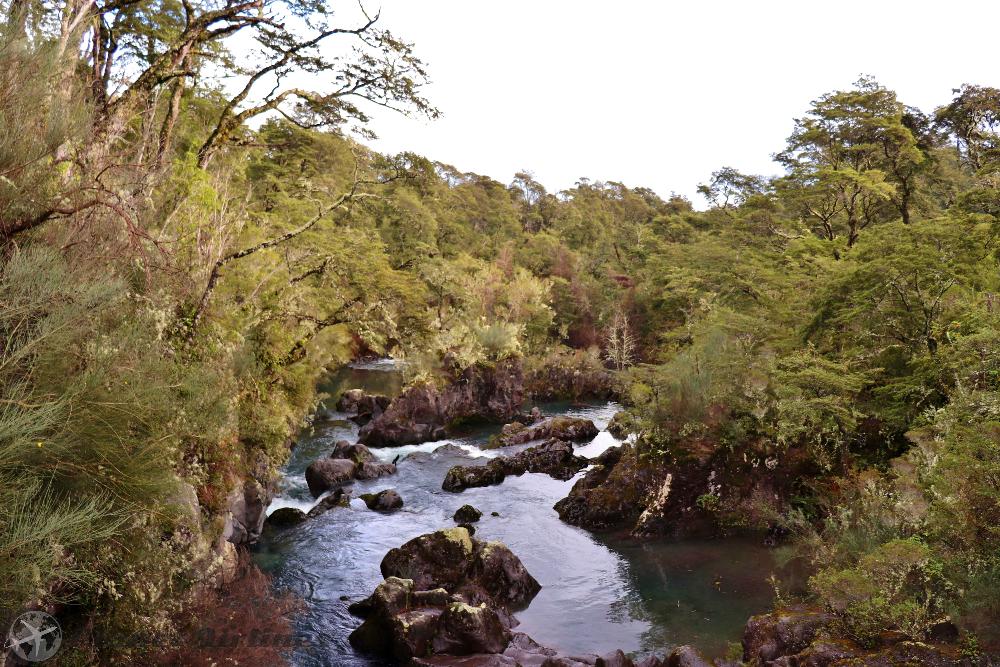

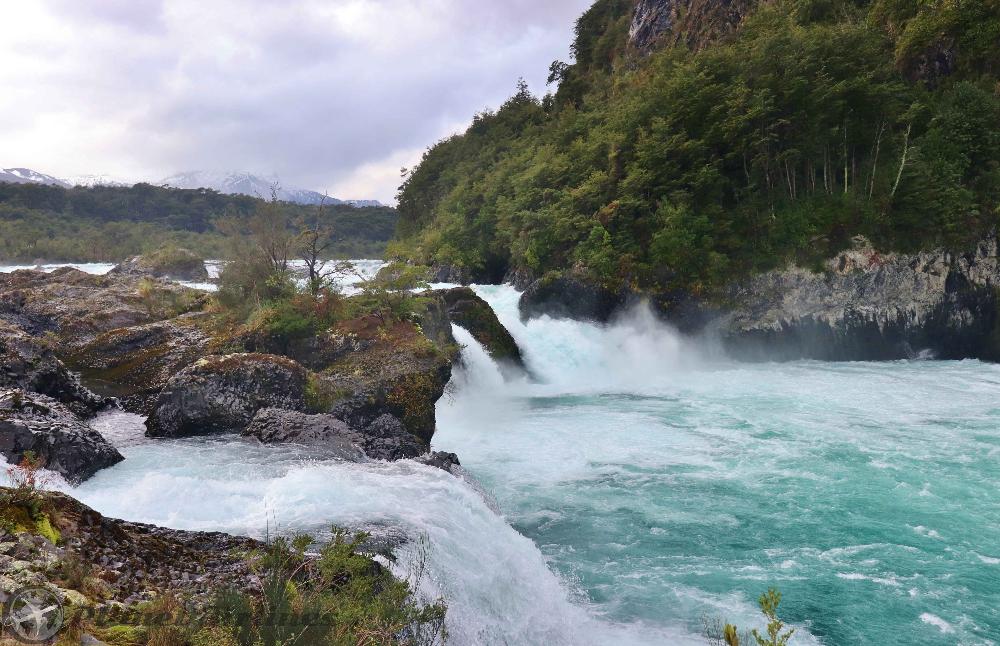
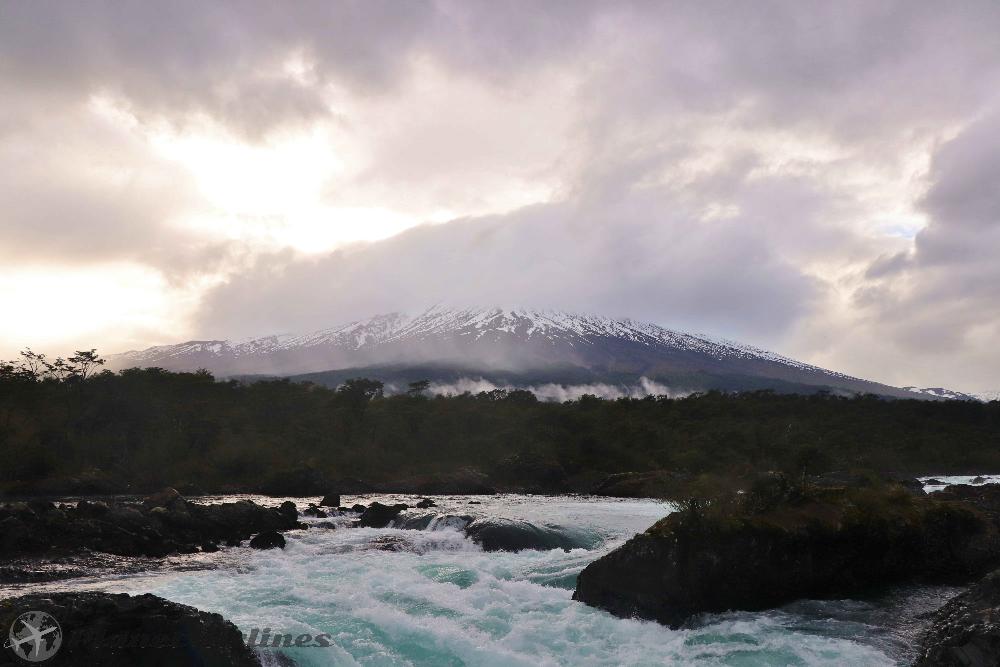
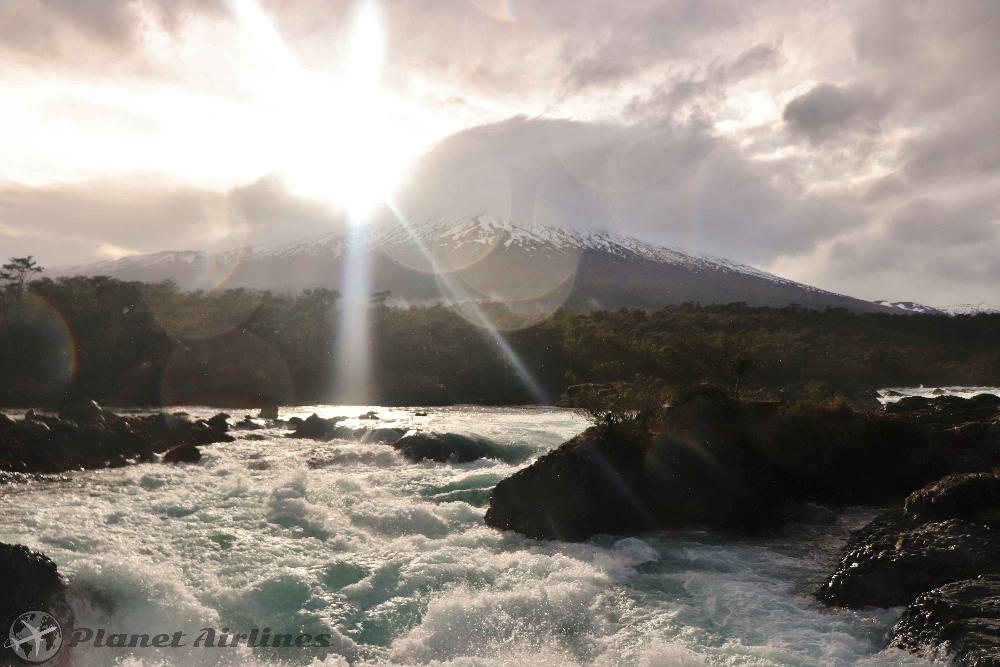
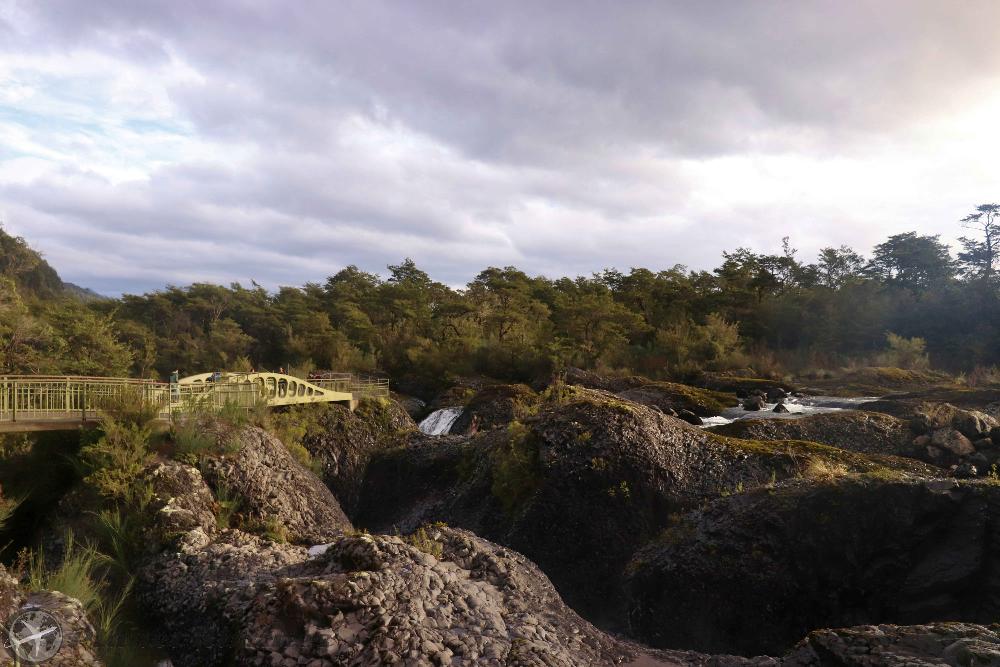

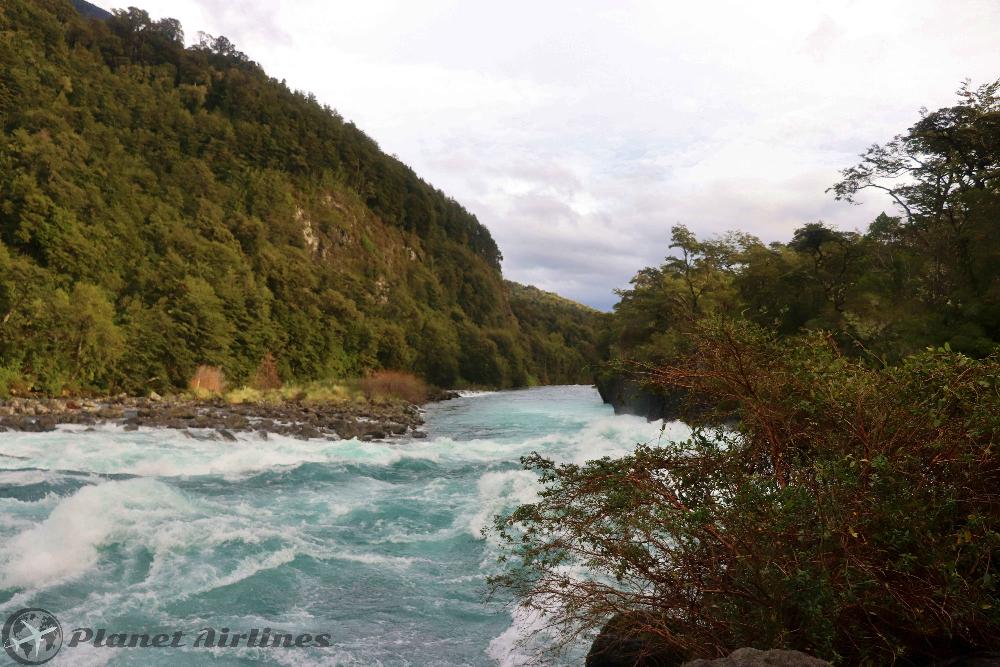
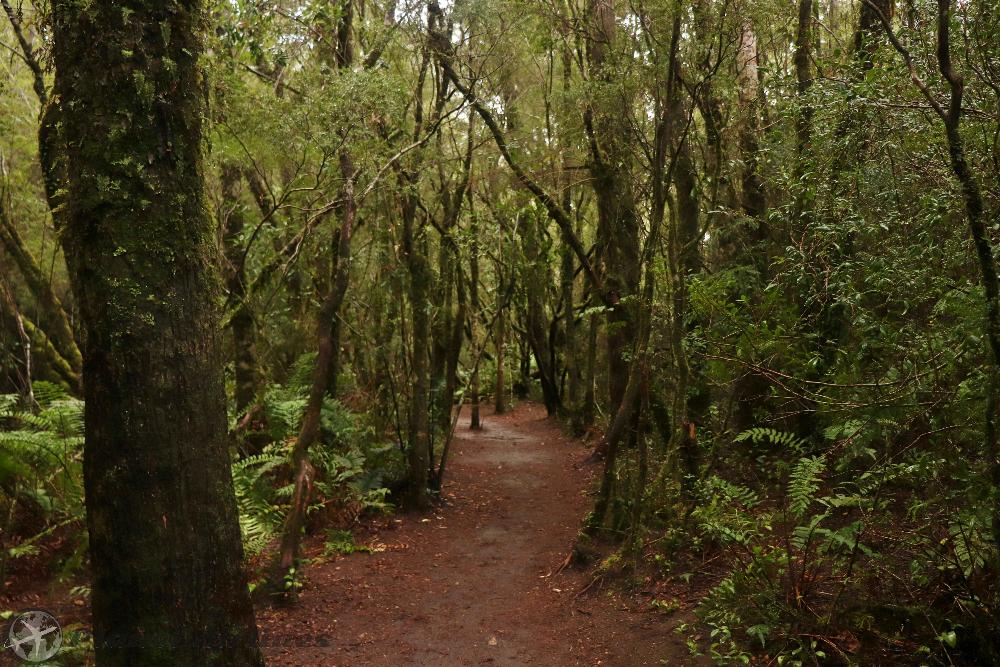

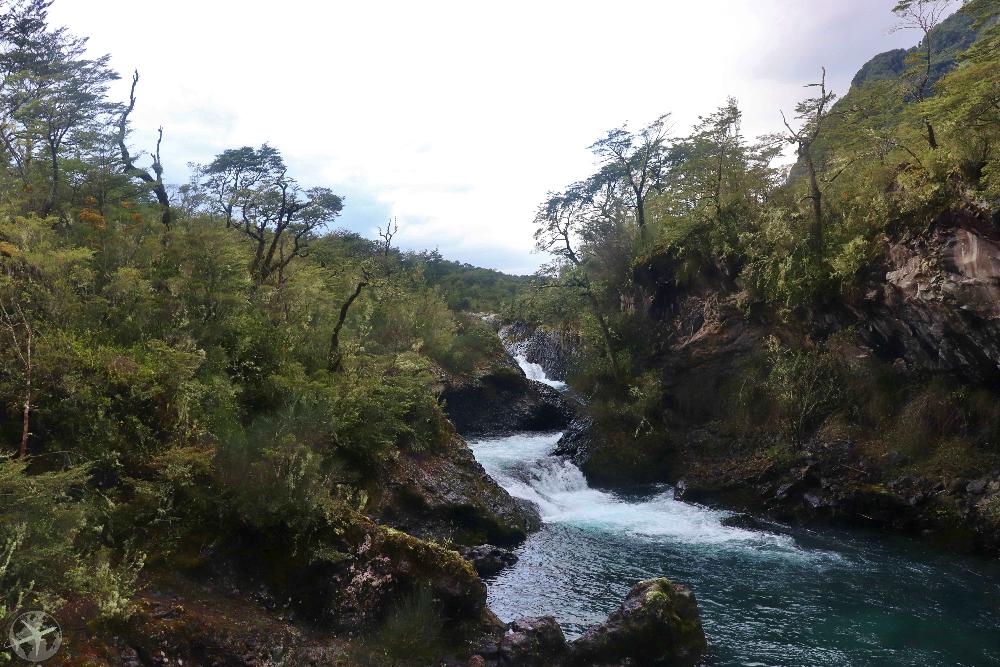
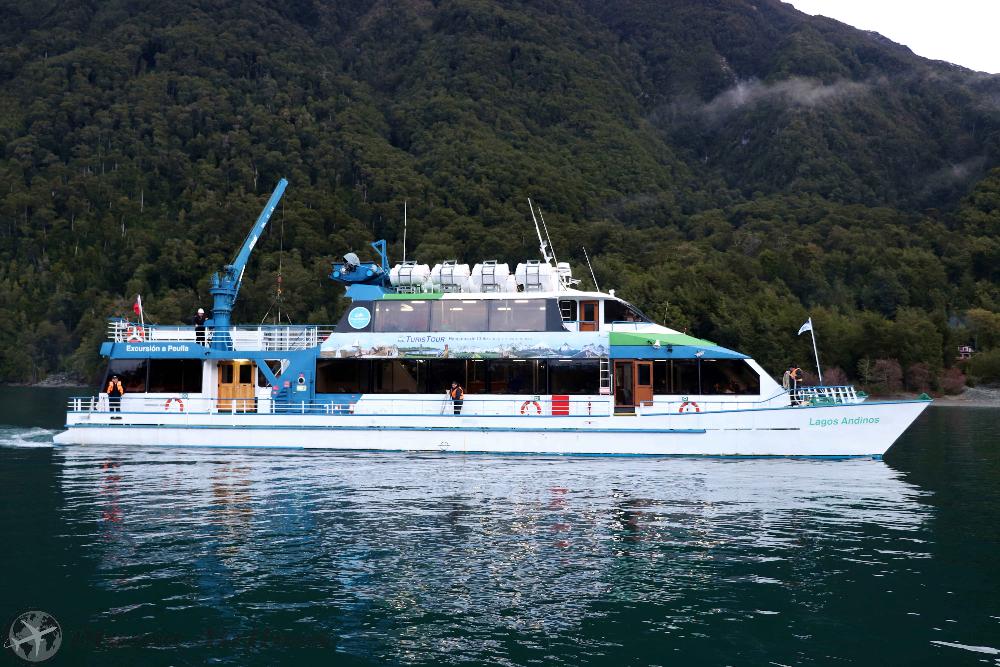


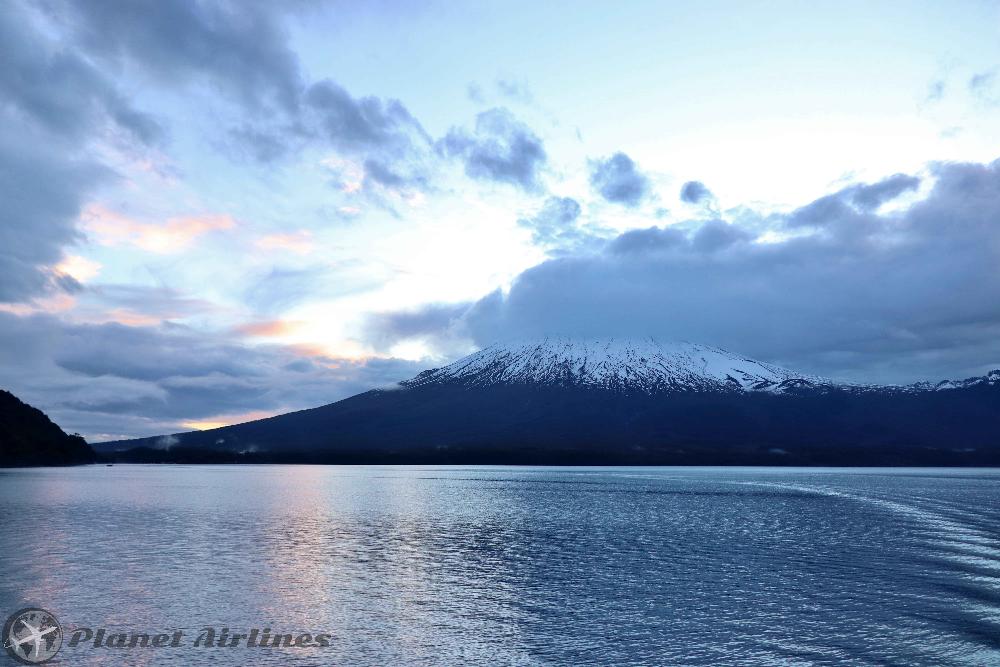

































.png)